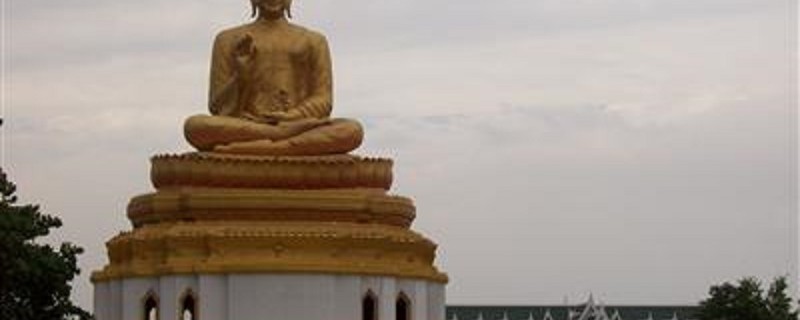Sravasti is an ancient city of India. During the Buddha’s lifetime it was one of 6 largest cities. It is situated on the banks of Rapti River in Uttar Pradesh. According to Mahabharata, Shravasta King founded this city. But Buddhists believed that this place is named after sage Savatthi as he lived in this city. As per the historical records, Lord Buddha spent 25 years in this city. Out of these 25 years he spent 19 years in Jetavana Monastery and remaining 6 year in Pubbrama monastery. During Buddha period plenty of monasteries and stupas were built. In this place Lord Buddha made several miracles. One of the famous miracles is creating multiple images of himself.
What to see in Sravasti:
Sobhnath Temple: This is the birth place of Jain Tirthankar Sambhavanath. During the excavation of the place, several sculptures of Jain Thirthankars (Seating and standing postures) are found. This temple is in rectangle shape.
Jetavana Monastery: In this place Lord Buddha has spent 19 years during his lifetime. Prime attraction of this place is Anandabodhi tree. This was planted from the branch of Sri Lankan Bodhi Trees. Another attraction of this place is ruins of Gandhakuti and Anandakuti. In this place Lord Buddha used to stay in the monastery.
Mahet: Major attraction of this place is two stupas. One belongs to Anathapindika, disciple of Lord Buddha. Name of this stupa is kachchi Kuti. Another stupa belongs to Angulimala who converted into Buddhism. Name of this stupa is Pakki Kuti.
Saheth: This site includes monasteries, stupas and shrines. Temples of this places dates back to Gupta era and stupas belongs to Kushana Period. At this site huge statue of Lord Buddha was discovered. Now this was preserved in the Kolkata Museum.
What to see around Sravasti:
Devi Patan Temple: It is one of the 51 Shaktipeethas. This temple is located 48kms away from Sravasti. It is believed that right shoulder of Sati had fallen in this site. Major attractions of this place are idols of Goddess Kali, Kal Bhairav and other. It is believed that this was constructed by Guru Gorakshanath of the Nath Sampradaya. Vikramaditya had reconstructed this temple. In the 11th century and again this was renovated by the king Sravasti Suheldev.
Khargupur: Prithvi Nathan Mahadeo temple is most famous in this place. It is one of the most ancient temples in India. Lord Shiva worshipped here. It is located 14kms away from Sravasti.
Payagpur: It is located 51kms away from the town. It was once acted as Indian princely state.
Balampur: It is located 18kms away from the town. Ancient temple built in this place is most famous in this place. This was constructed in modern architecture style.
Getting to Sravasti: Sravasti is well connected through road ways. From Kanpur, Bareilly, Mathur, Agra, Allahabad, private and state run buses are available to reach Sravasti. Nearest railway station is located at Balrampur which is located 18kms away from the town. From Barhni, Gonda, Anandnagar and Kapilavastu trains halt at this place. Nearest railway head is Gonda railway station which is located 50kms away from the town.
Getting around Sravasti: Autos are available to visit the places in Sravasti. Buses, taxis and autos are available to visit the surrounding places of Sravasti.
Best time to visit Sravasti: Best time to visit this place is between October to May.
Where to stay in Sravasti: Plenty of budget range hotels are available to stay in Sravasti. Tourists Bungalows are available to stay in Sravasti. These are maintained by PWD.
Where to eat in Sravasti: Limited restaurants are available to eat in Sravasti. Best option to have food in Sravasti is in-house restaurants of the hotels.

